Mapping Thriving at Work as a Growing Concept: Review and Directions for Future Studies
Abstract
:1. Introduction
2. Methods
Composition of Bibliometric Data
3. Results
3.1. Bibliometric Analysis
3.1.1. Highly Cited Articles
3.1.2. The Most Productive and Highly Cited Journals
3.1.3. The Most Influential Authors
3.1.4. Co-Authorship Analysis between Highly Cited Authors
3.1.5. Co-Authorship Analysis Considering the Countries as the Unit of Analysis
3.1.6. Co-Citation Analysis of Cited Sources
3.1.7. Co-Citation Analysis of Cited Authors
3.1.8. Bibliographic Coupling by Documents
3.1.9. Bibliographic Coupling of Journals
3.1.10. Bibliographic Coupling of Authors
3.1.11. Co-Occurrence Analysis for Popular Keywords
3.2. Content Analysis
3.2.1. Content Analysis of the Most Popular Keywords
3.2.2. Content Analysis of the Co-Citation of Cited References
3.3. Content Analysis of Clusters
3.3.1. Cluster 1: Identification of Variables Related to Thriving at Work
3.3.2. Cluster 2: Concept Delimitation and Accuracy of Its Measurement
3.3.3. Cluster 3: Theoretical Support of The Concept
4. Discussion and Future Directions
Suggestions for Future Studies
5. Conclusions
Author Contributions
Funding
Institutional Review Board Statement
Informed Consent Statement
Data Availability Statement
Acknowledgments
Conflicts of Interest
References
- Contreras, F.; Abid, G. Social Sustainability Studies in the 21st Century: A Bibliometric Mapping Analysis Using VOSviewer Software. Pak. J. Commer. Soc. Sci. 2022, 16, 167–203. [Google Scholar]
- Qaiser, S.; Abid, G. Psychological Contract Breach and Happiness at Work in Healthcare sector: Double Mediation of Colleague Support and Deviant Workplace Behaviour. Pak. J. Commer. Soc. Sci. 2022, 16, 50–69. [Google Scholar]
- Spreitzer, G.; Sutcliffe, K.; Dutton, J.; Sonenshein, S.; Grant, A.M. A socially embedded model of thriving at work. Organ. Sci. 2005, 16, 537–549. [Google Scholar] [CrossRef]
- Spreitzer, G.M.; Hwang, E.B. How thriving at work matters for creating psychologically healthy workplaces: Current perspectives and implications for the new world of work. In Creating Psychologically Healthy Workplaces; Burke, R.J., Richardsen, A.M., Eds.; Edward Elgar: Cheltenham, UK, 2019; pp. 293–310. [Google Scholar]
- Spreitzer, G.; Porath, C.L.; Gibson, C.B. Toward human sustainability: How to enable more thriving at work. Organ. Dyn. 2012, 41, 155–162. [Google Scholar] [CrossRef]
- Niessen, C.; Sonnentag, S.; Sach, F. Thriving at work—A diary study. J. Organ. Behav. 2012, 33, 468–487. [Google Scholar] [CrossRef]
- Abid, G.; Ahmed, S.; Elahi, N.S.; Ilyas, S. Antecedents and mechanism of employee well-being for social sustainability: A sequential mediation. Sustain. Prod. Consum. 2020, 24, 79–89. [Google Scholar] [CrossRef]
- Abid, G.; Zahra, I.; Ahmed, A. Mediated mechanism of thriving at work between perceived organization support, innovative work behavior and turnover intention. Pak. J. Commer. Soc. Sci. 2015, 9, 982–998. [Google Scholar]
- Jiang, Z. Proactive personality and career adaptability: The role of thriving at work. J. Vocat. Behav. 2017, 98, 85–97. [Google Scholar] [CrossRef]
- Qaiser, S.; Abid, G.; Arya, B.; Farooqi, S. Nourishing the bliss: Antecedents and mechanism of happiness at work. Total Qual. Manag. Bus. Excell. 2018, 31, 1669–1683. [Google Scholar] [CrossRef]
- Marchiondo, L.A.; Cortina, L.M.; Kabat-Farr, D. Attributions and appraisals of workplace incivility: Finding light on the dark side? Appl. Psychol. 2018, 67, 369–400. [Google Scholar] [CrossRef]
- Van der Walt, F. Workplace spirituality, work engagement and thriving at work. SA J. Ind. Psychol. 2018, 44, 1–10. [Google Scholar] [CrossRef] [Green Version]
- Abid, G.; Sajjad, I.; Elahi, N.S.; Farooqi, S.; Nisar, A. The influence of prosocial motivation and civility on work engagement: The mediating role of thriving at work. Cogent Bus. Manag. 2018, 5, 1493712. [Google Scholar] [CrossRef]
- Jiang, Z.; Hu, X.; Wang, Z.; Jiang, X. Knowledge hiding as a barrier to thriving: The mediating role of psychological safety and moderating role of organizational cynicism. J. Organ. Behav. 2019, 40, 800–818. [Google Scholar] [CrossRef]
- Zhai, Q.; Wang, S.; Weadon, H. Thriving at work as a mediator of the relationship between workplace support and life satisfaction. J. Manag. Organ. 2020, 26, 168–184. [Google Scholar] [CrossRef]
- Zhao, S.H.; Shi, Y.U.; Sun, Z.N.; Xie, F.Z.; Wang, J.H.; Zhang, S.E.; Fan, L.H. Impact of workplace violence against nurses’ thriving at work, job satisfaction and turnover intention: A cross-sectional study. J. Clin. Nurs. 2018, 27, 2620–2632. [Google Scholar] [CrossRef] [PubMed]
- Frazier, M.L.; Tupper, C. Supervisor prosocial motivation, employee thriving, and helping behavior: A trickle-down model of psychological safety. Group Organ. Manag. 2018, 43, 561–593. [Google Scholar] [CrossRef] [Green Version]
- Walumbwa, F.O.; Muchiri, M.K.; Misati, E.; Wu, C.; Meiliani, M. Inspired to perform: A multilevel investigation of antecedents and consequences of thriving at work. J. Organ. Behav. 2018, 39, 249–261. [Google Scholar] [CrossRef]
- Niessen, C.; Mäder, I.; Stride, C.; Jimmieson, N.L. Thriving when exhausted: The role of perceived transformational leadership. J. Vocat. Behav. 2017, 103, 41–51. [Google Scholar] [CrossRef]
- Nawaz, M.; Abid, G.; Arya, B.; Bhatti, G.A.; Farooqi, S. Understanding employee thriving: The role of workplace context, personality and individual resources. Total Qual. Manag. Bus. Excell. 2020, 31, 1345–1362. [Google Scholar] [CrossRef]
- Carmeli, A.; Russo, M. The power of micro-moves in cultivating regardful relationships: Implications for work—home enrichment and thriving. Hum. Resour. Manag. Rev. 2016, 26, 112–124. [Google Scholar] [CrossRef]
- Jiang, Z.; Jiang, Y.; Nielsen, I. Thriving and career outcomes: The roles of achievement orientation and resilience. Hum. Resour. Manag. J. 2021, 31, 143–164. [Google Scholar] [CrossRef]
- Flinchbaugh, C.; Luth, M.T.; Li, P. A challenge or a hindrance? Understanding the effects of stressors and thriving on life satisfaction. Int. J. Stress Manag. 2015, 22, 323–345. [Google Scholar] [CrossRef]
- Abid, G.; Contreras, F.; Ahmed, S.; Qazi, T. Contextual factors and organizational commitment: Examining the mediating role of thriving at work. Sustainability 2019, 11, 4686. [Google Scholar] [CrossRef] [Green Version]
- Cullen, K.L.; Gerbasi, A.; Chrobot-Mason, D. Thriving in central network positions: The role of political skill. J. Manag. 2018, 44, 682–706. [Google Scholar] [CrossRef]
- Paterson, T.A.; Luthans, F.; Jeung, W. Thriving at work: Impact of psychological capital and supervisor support. J. Organ. Behav. 2014, 35, 434–446. [Google Scholar] [CrossRef]
- Porath, C.; Spreitzer, G.; Gibson, C.; Garnett, F.G. Thriving at work: Toward its measurement, construct validation, and theoretical refinement. J. Organ. Behav. 2012, 33, 250–275. [Google Scholar] [CrossRef] [Green Version]
- Zhang, J.; Bal, P.M.; Akhtar, M.N.; Long, L.; Zhang, Y.; Ma, Z. High-performance work system and employee performance: The mediating roles of social exchange and thriving and the moderating effect of employee proactive personality. Asia Pac. J. Hum. Resour. 2019, 57, 369–395. [Google Scholar] [CrossRef]
- Mortier, A.V.; Vlerick, P.; Clays, E. Authentic leadership and thriving among nurses: The mediating role of empathy. J. Nurs. Manag. 2016, 24, 357–365. [Google Scholar] [CrossRef] [PubMed]
- Koçak, Ö.E.; Hazel, A.G.U.N. Explaining employee voice behavior through intragroup relationship quality and the role of thriving at work. Adam Acad. J. Soc. Sci. 2019, 9, 179–202. [Google Scholar]
- Bensemmane, S.; Ohana, M.; Stinglhamber, F. Team justice and thriving: A dynamic approach. J. Manag. Psychol. 2018, 33, 229–242. [Google Scholar] [CrossRef]
- Zhou, J.; Milia, L.D.; Jiang, Y.; Jiang, X. Thriving at work: A mentoring-moderated process linking task identity and autonomy to job satisfaction. J. Vocat. Behav. 2020, 118, 103373. [Google Scholar]
- Hildenbrand, K.; Sacramento, C.A.; Binnewies, C. Transformational leadership and burnout: The role of thriving and followers’ openness to experience. J. Occup. Health Psychol. 2018, 23, 31–43. [Google Scholar] [CrossRef] [PubMed] [Green Version]
- Chang, W.; Busser, J.; Liu, A. Authentic leadership and career satisfaction: The meditating role of thriving and conditional effect of psychological contract fulfillment. Int. J. Contemp. Hosp. Manag. 2020, 32, 2117–2136. [Google Scholar] [CrossRef]
- Elahi, N.S.; Abid, G.; Arya, B.; Farooqi, S. Workplace behavioral antecedents of job performance: Mediating role of thriving. Serv. Ind. J. 2020, 40, 755–776. [Google Scholar] [CrossRef]
- Mingze, L.; Wenxing, L.; Yi, H.; Pengcheng, Z. Linking empowering leadership and change-oriented organizational citizenship behavior. J. Organ. Chang. Manag. 2016, 29, 732–750. [Google Scholar]
- Kocak, O.E. How to enable thriving at work through organizational trust. Int. J. Res. Bus. Soc. Sci. (2147–4478) 2016, 5, 40–52. [Google Scholar] [CrossRef] [Green Version]
- Kuzior, A.; Sira, M. A Bibliometric Analysis of Blockchain Technology Research Using VOSviewer. Sustainability 2022, 14, 8206. [Google Scholar] [CrossRef]
- Van den Broeck, A.; Vansteenkiste, M.; De Witte, H.; Lens, W. Explaining the relationships between job characteristics, burnout, and engagement: The role of basic psychological need satisfaction. Work Stress 2008, 22, 277–294. [Google Scholar] [CrossRef] [Green Version]
- Fournier, S.; Lee, L. Getting brand communities right. Harv. Bus. Rev. 2009, 87, 105–111. [Google Scholar]
- Prilleltensky, I. Wellness as fairness. Am. J. Community Psychol. 2012, 49, 1–21. [Google Scholar] [CrossRef]
- Wallace, J.C.; Butts, M.M.; Johnson, P.D.; Stevens, F.G.; Smith, M.B. A multilevel model of employee innovation: Understanding the effects of regulatory focus, thriving, and employee involvement climate. J. Manag. 2016, 42, 982–1004. [Google Scholar] [CrossRef] [Green Version]
- Hauge, L.J.; Skogstad, A.; Einarsen, S. Individual and situational predictors of workplace bullying: Why do perpetrators engage in the bullying of others? Work Stress 2009, 23, 349–358. [Google Scholar] [CrossRef]
- Prem, R.; Ohly, S.; Kubicek, B.; Korunka, C. Thriving on challenge stressors? Exploring time pressure and learning demands as antecedents of thriving at work. J. Organ. Behav. 2017, 38, 108–123. [Google Scholar] [CrossRef] [PubMed] [Green Version]
- Gerbasi, A.; Porath, C.L.; Parker, A.; Spreitzer, G.; Cross, R. Destructive de-energizing relationships: How thriving buffers their effect on performance. J. Appl. Psychol. 2015, 100, 1423–1433. [Google Scholar] [CrossRef] [PubMed]
- Yang, Y.; Li, Z.; Liang, L.; Zhang, X. Why and when paradoxical leader behavior impact employee creativity: Thriving at work and psychological safety. Curr. Psychol. 2021, 40, 1911–1922. [Google Scholar] [CrossRef]
- Carmeli, A.; Spreitzer, G.M. Trust, connectivity, and thriving: Implications for innovative behaviors at work. J. Creat. Behav. 2009, 43, 169–191. [Google Scholar] [CrossRef] [Green Version]
- Spreitzer, G.M.; Porath, C. Self-determination as nutriment for thriving: Building an integrative model of human growth at work. In The Oxford Handbook of Work Engagement, Motivation, and Self-Determination Theory; Oxford University Press: Oxford, UK, 2014; Volume 90, pp. 245–258. [Google Scholar]
- Hu, L.T.; Bentler, P.M. Cutoff criteria for fit indexes in covariance structure analysis: Conventional criteria versus new alternatives. Struct. Equ. Model. A Multidiscip. J. 1999, 6, 1–55. [Google Scholar] [CrossRef]
- Nix, G.A.; Ryan, R.M.; Manly, J.B.; Deci, E.L. Revitalization through self-regulation: The effects of autonomous and controlled motivation on happiness and vitality. J. Exp. Soc. Psychol. 1999, 35, 266–284. [Google Scholar] [CrossRef] [Green Version]
- Kleine, A.K.; Rudolph, C.W.; Zacher, H. Thriving at work: A meta-analysis. J. Organ. Behav. 2019, 40, 973–999. [Google Scholar] [CrossRef] [Green Version]
- Carver, C.S. Resilience and thriving: Issues, models, and linkages. J. Soc. Issues 1998, 54, 245–266. [Google Scholar] [CrossRef]
- Aiken, L.S.; West, S.G.; Reno, R.R. Multiple Regression: Testing and Interpreting Interactions; Sage: Newcastle upon Tyne, UK, 1991. [Google Scholar]
- Hobfoll, S.E. Conservation of resources: A new attempt at conceptualizing stress. Am. Psychol. 1989, 44, 513–524. [Google Scholar] [CrossRef] [PubMed]
- Deci, E.L.; Ryan, R.M. The “what” and “why” of goal pursuits: Human needs and the self-determination of behavior. Psychol. Inq. 2000, 11, 227–268. [Google Scholar] [CrossRef]
- Fredrickson, B.L. The role of positive emotions in positive psychology: The broaden-and-build theory of positive emotions. Am. Psychol. 2001, 56, 218–226. [Google Scholar] [CrossRef] [PubMed]
- Ryan, R.M.; Deci, E.L. Self-determination theory. In Basic Psychological Needs in Motivation, Development, and Wellness; Guilford: New York, NY, USA, 2017. [Google Scholar]

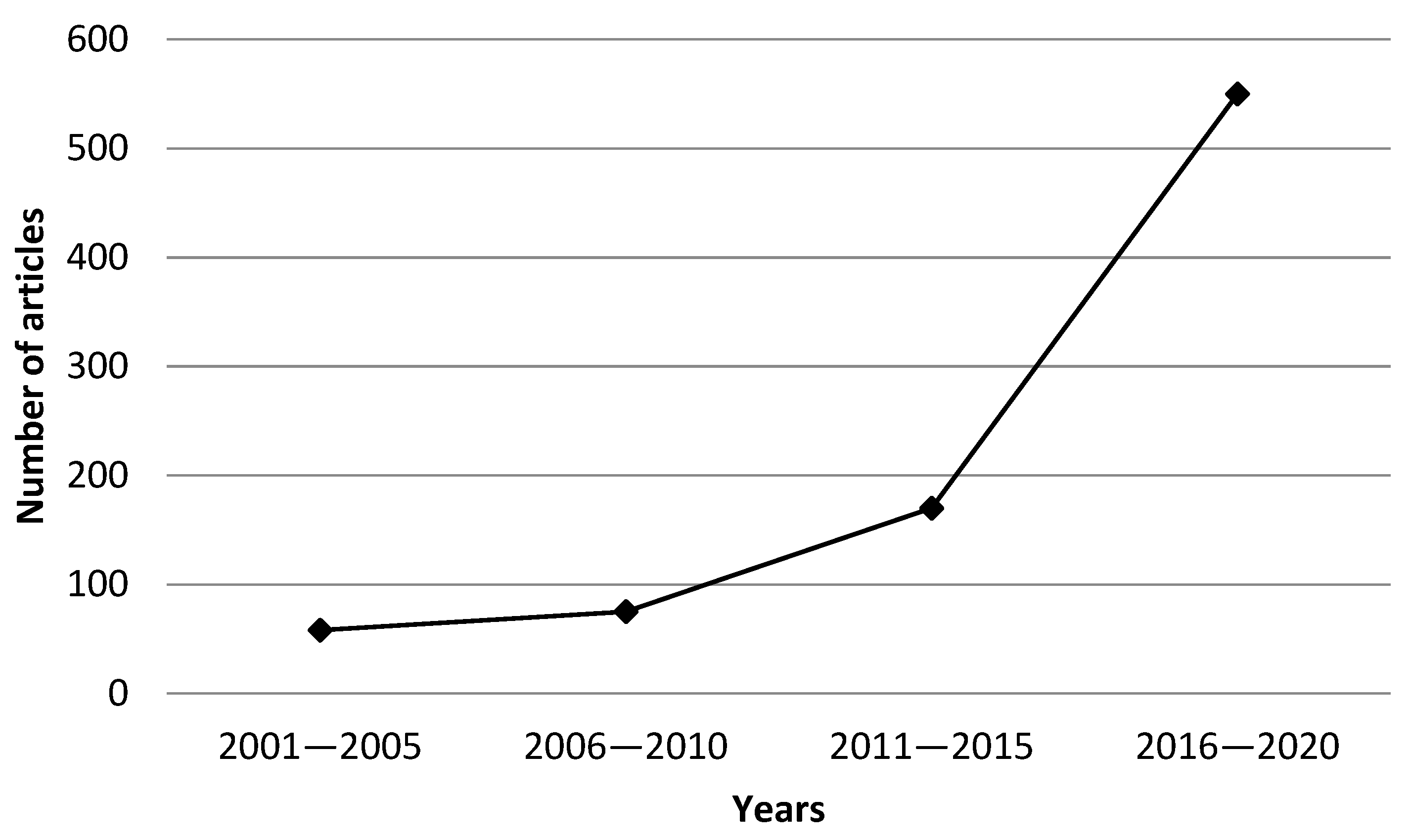
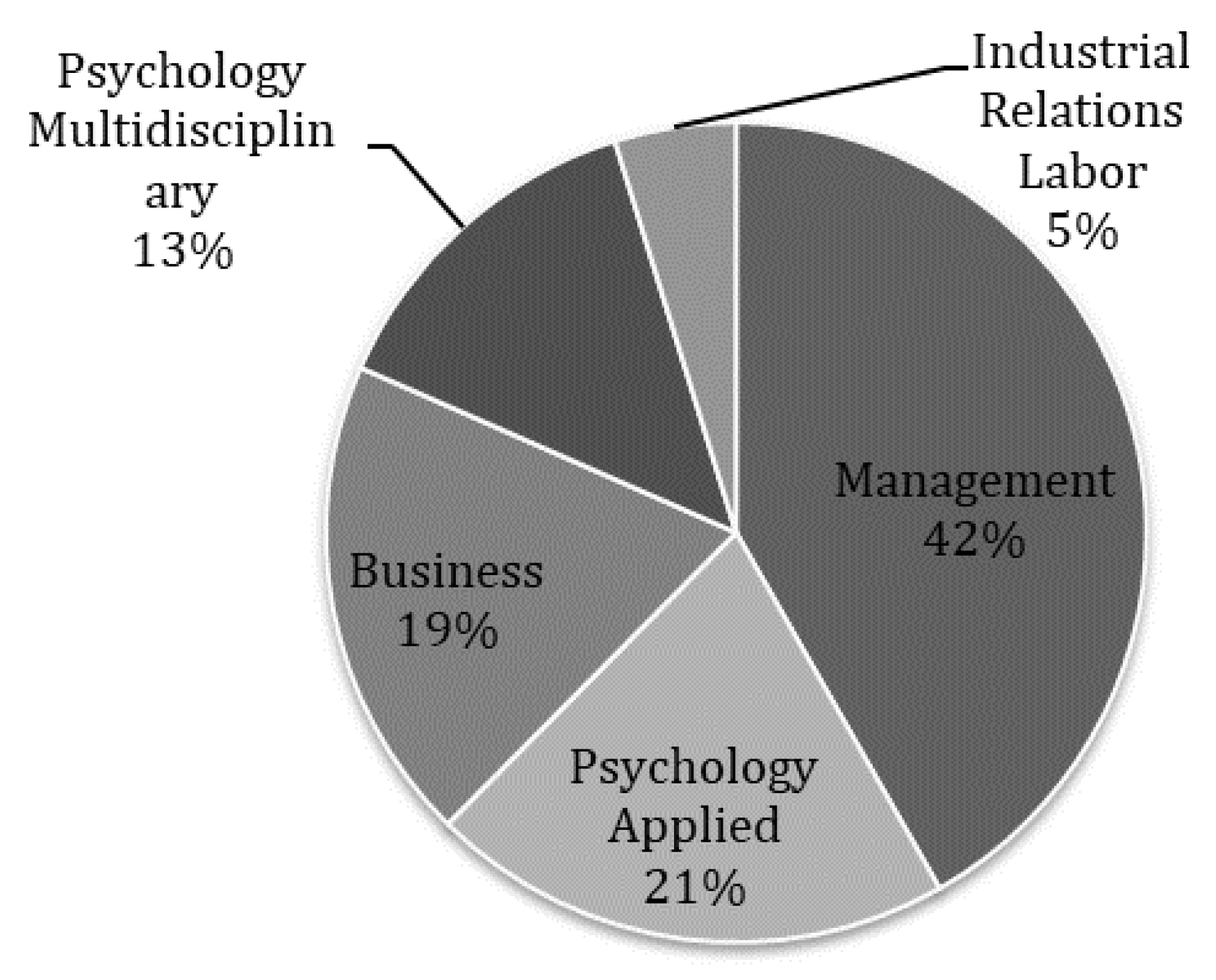
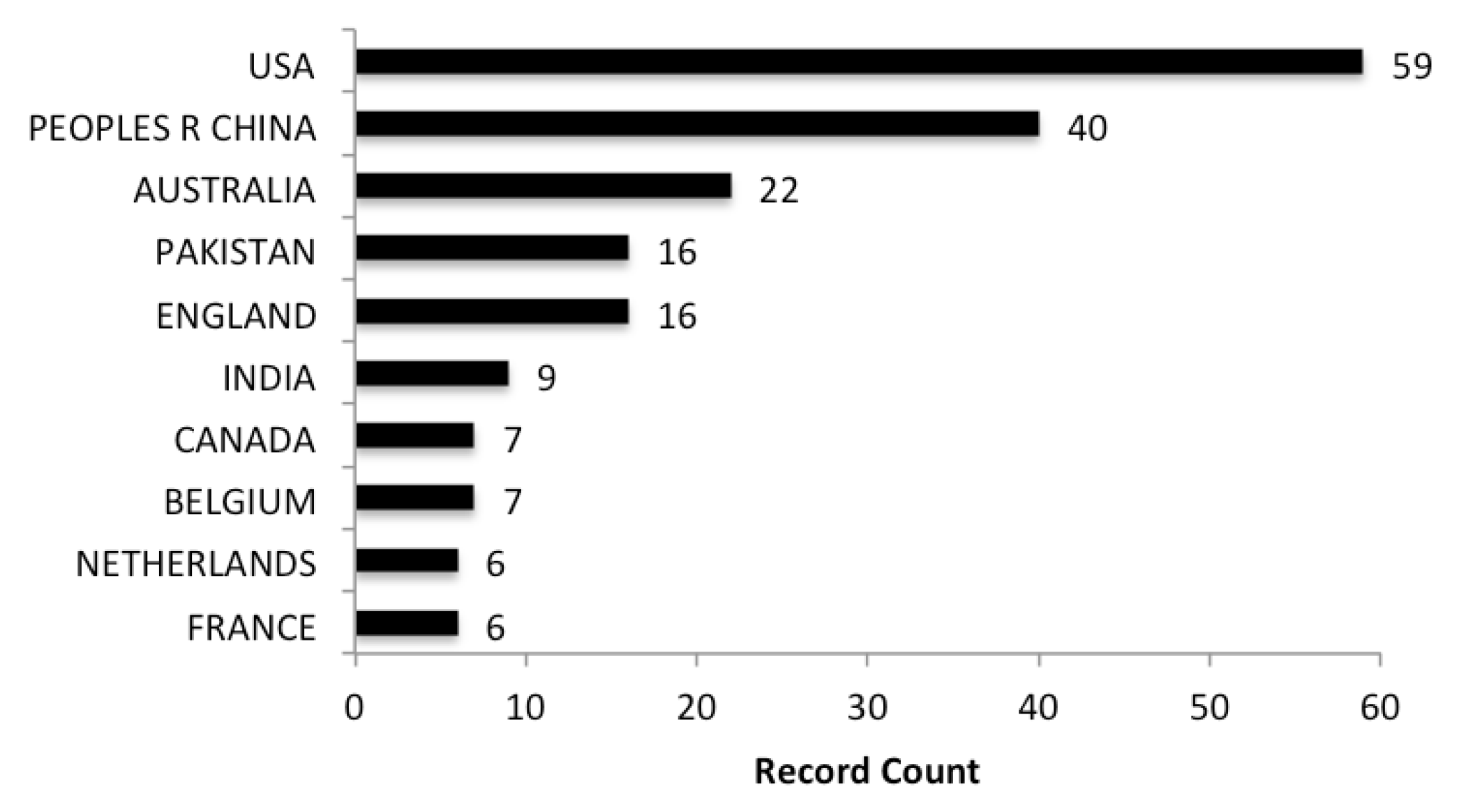
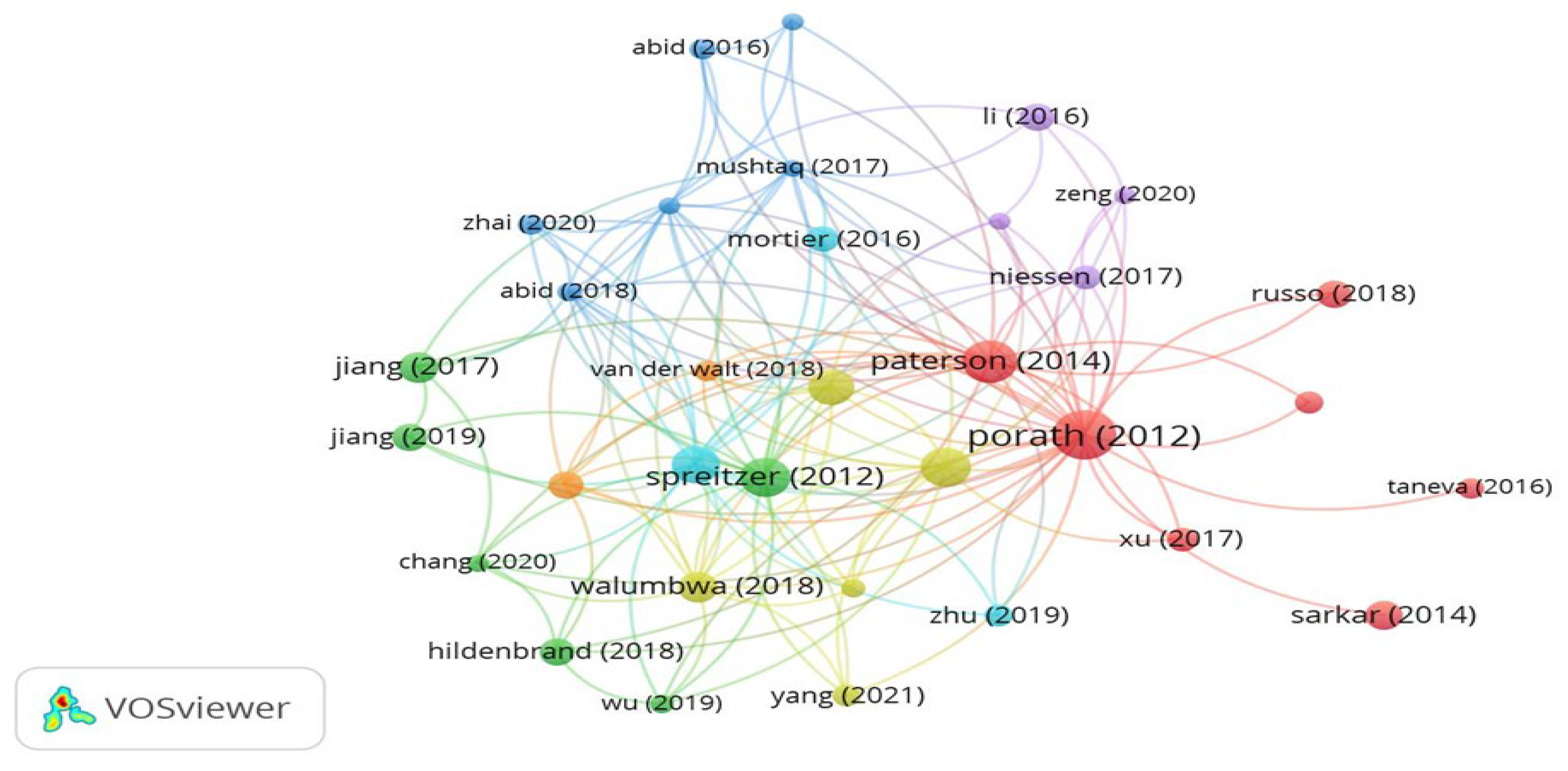
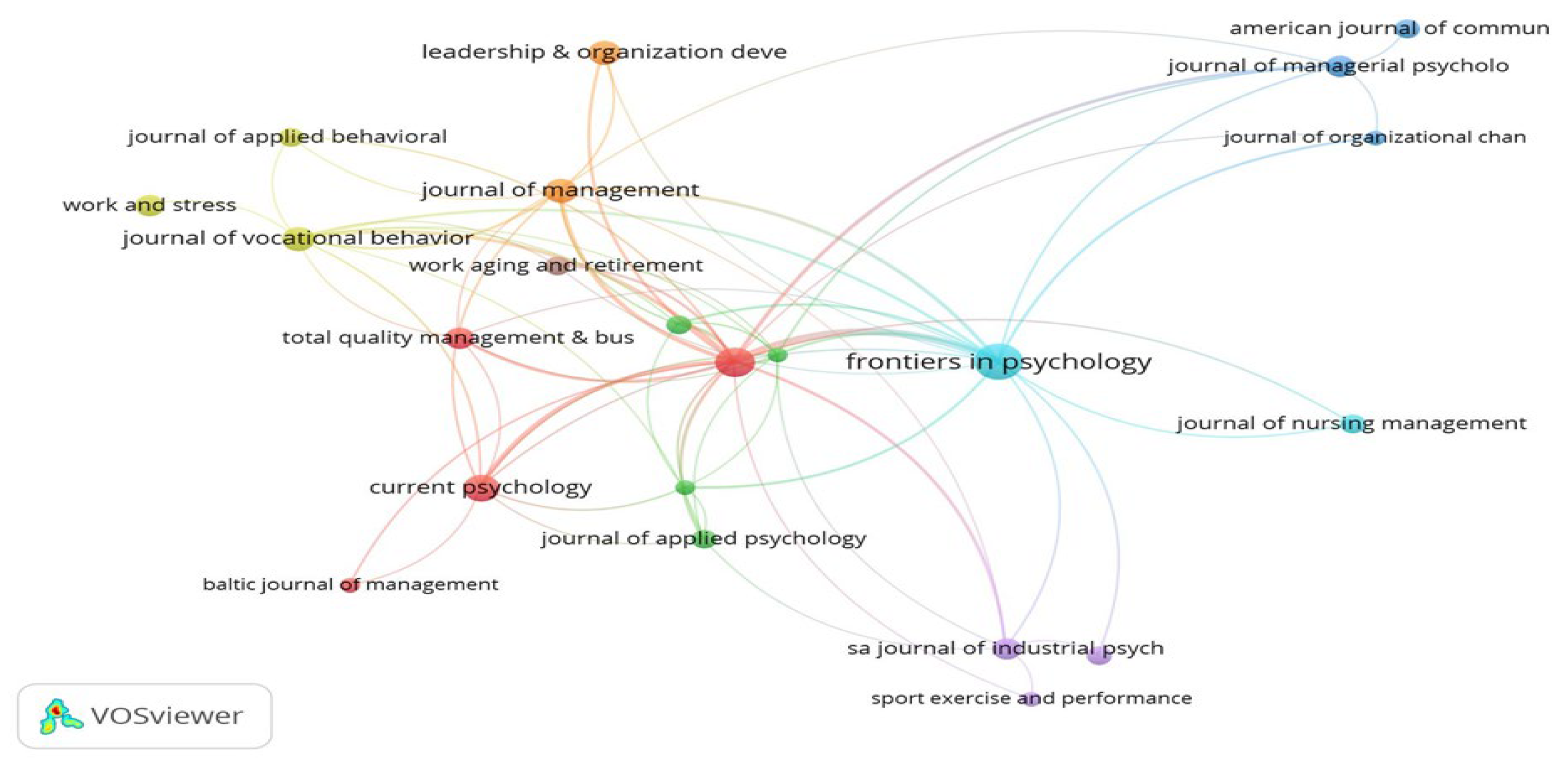
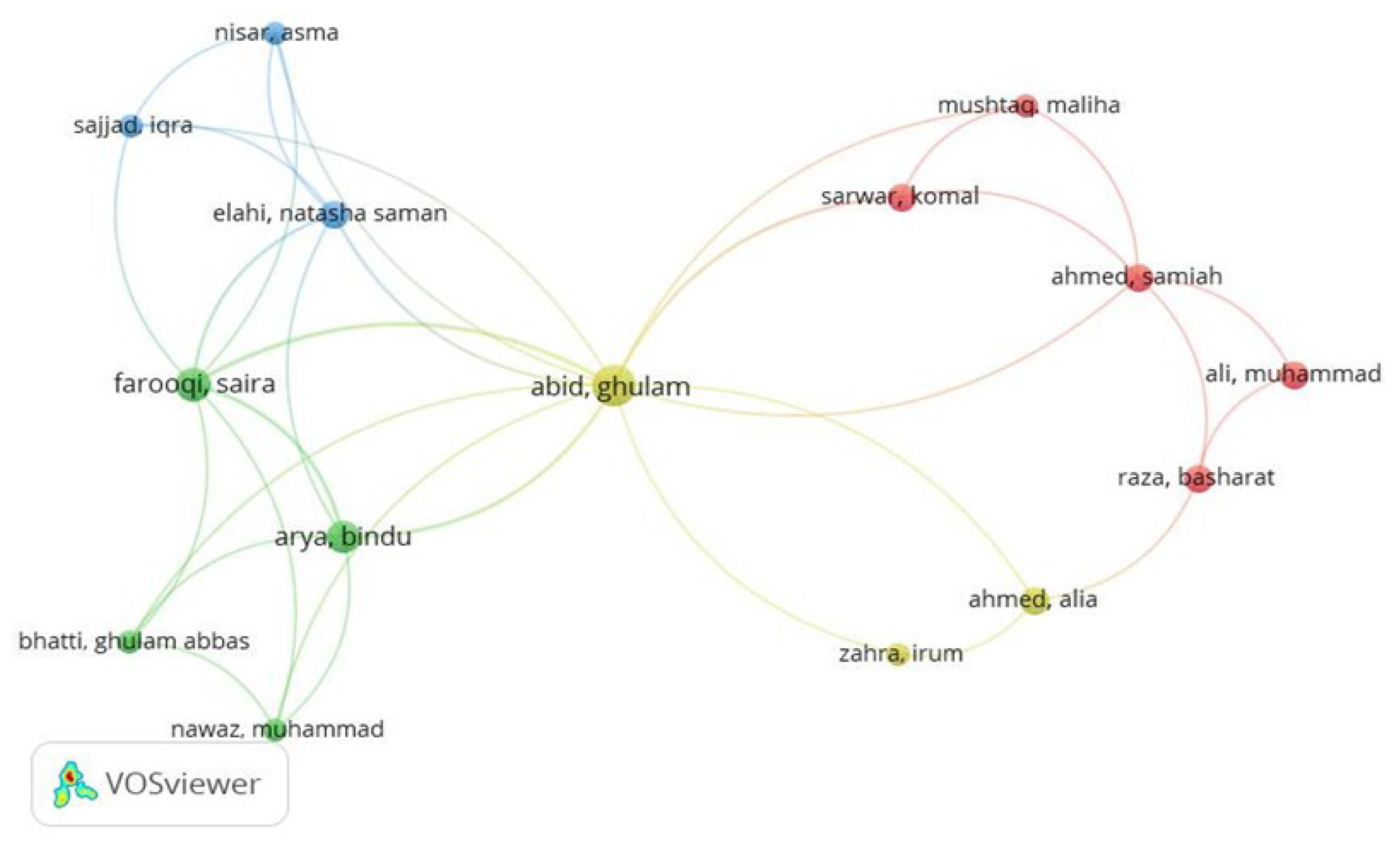
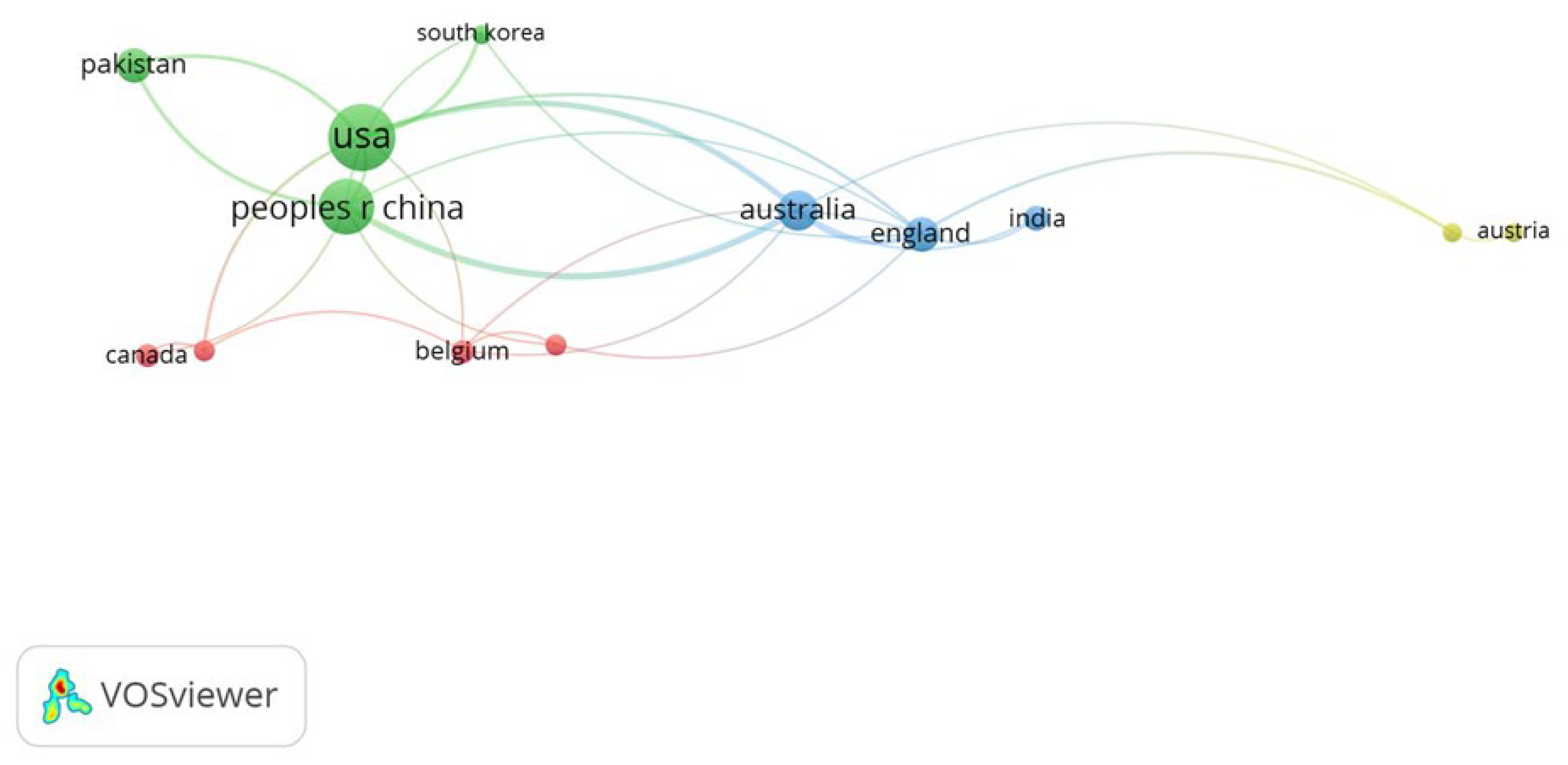

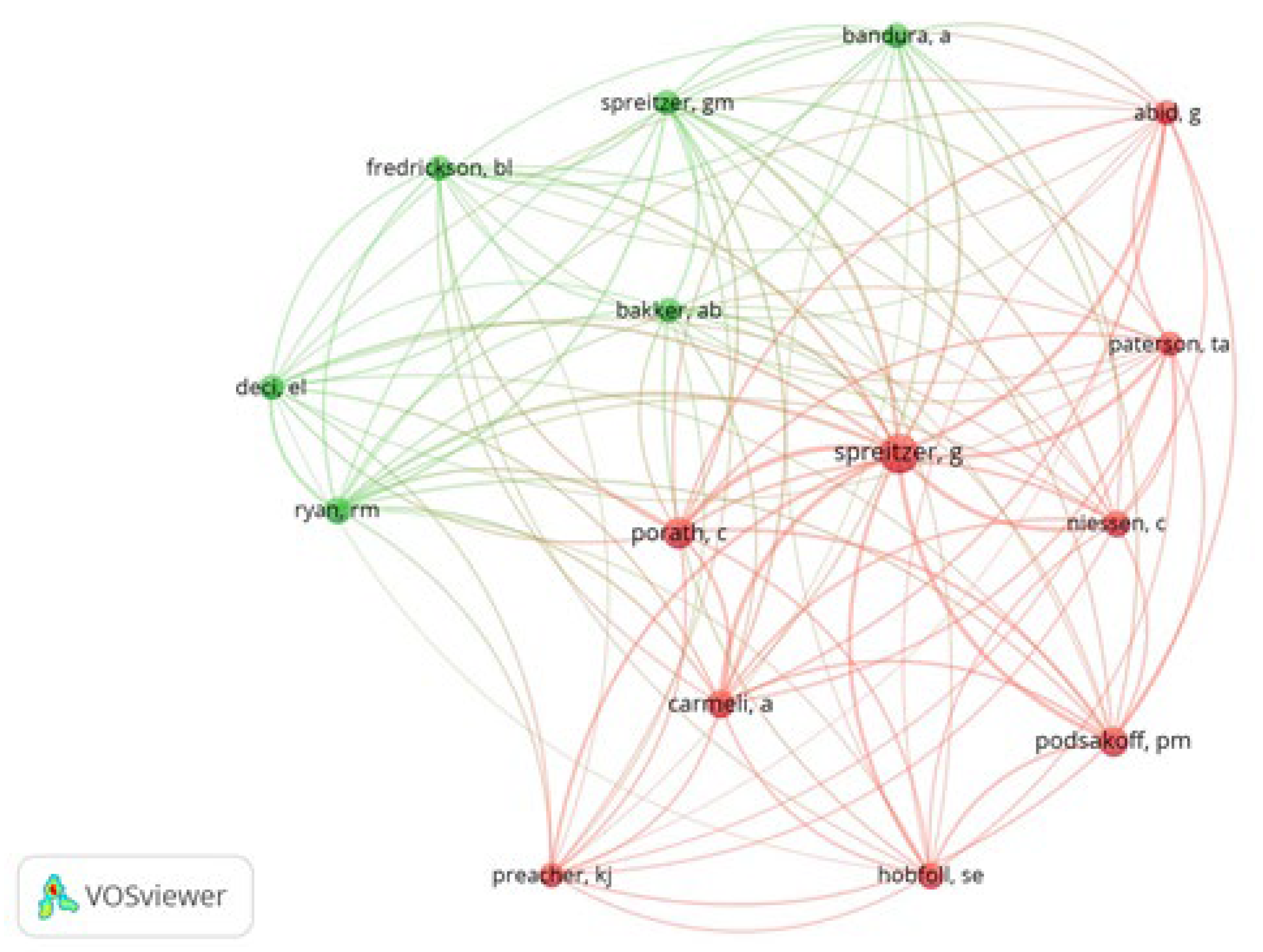
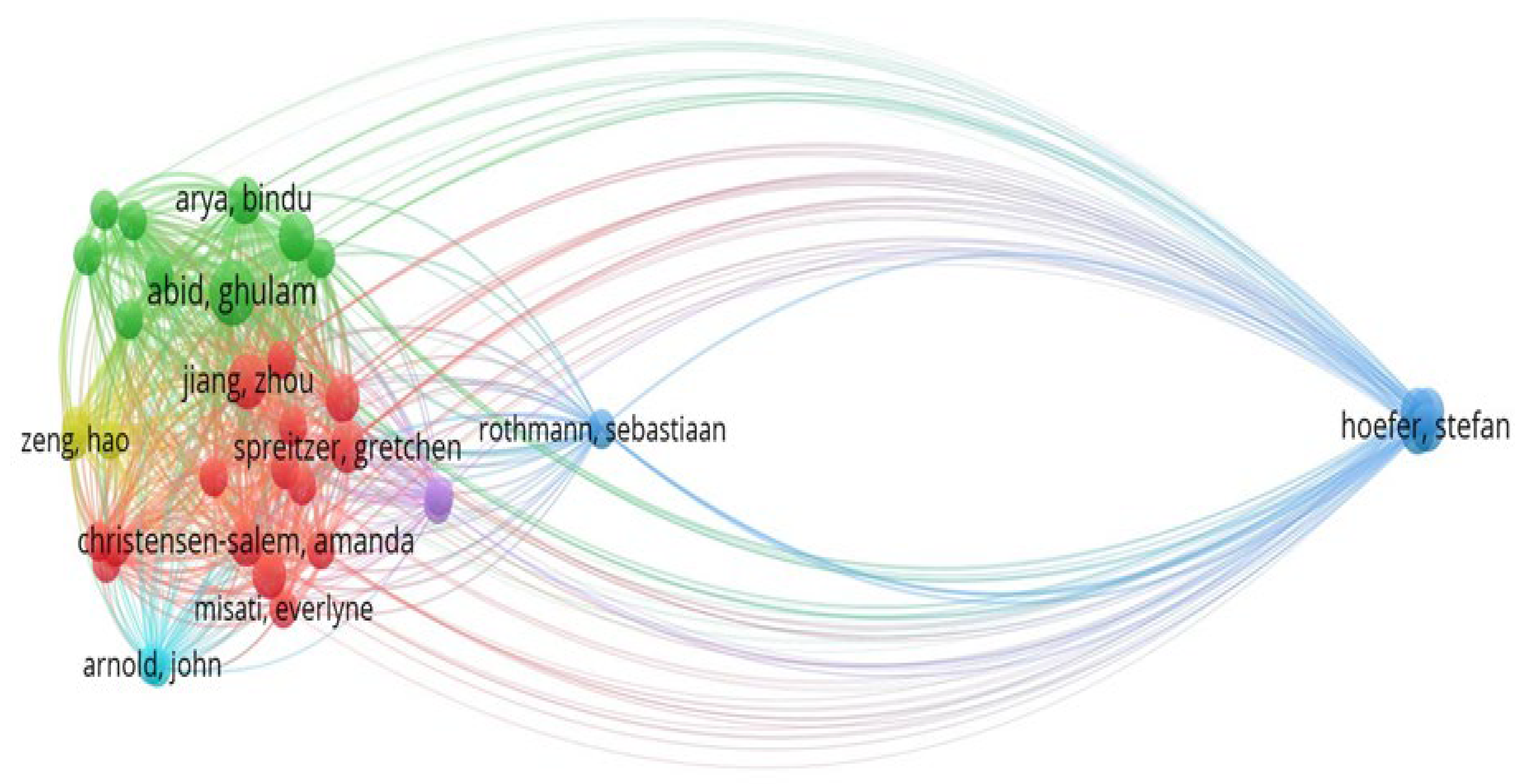
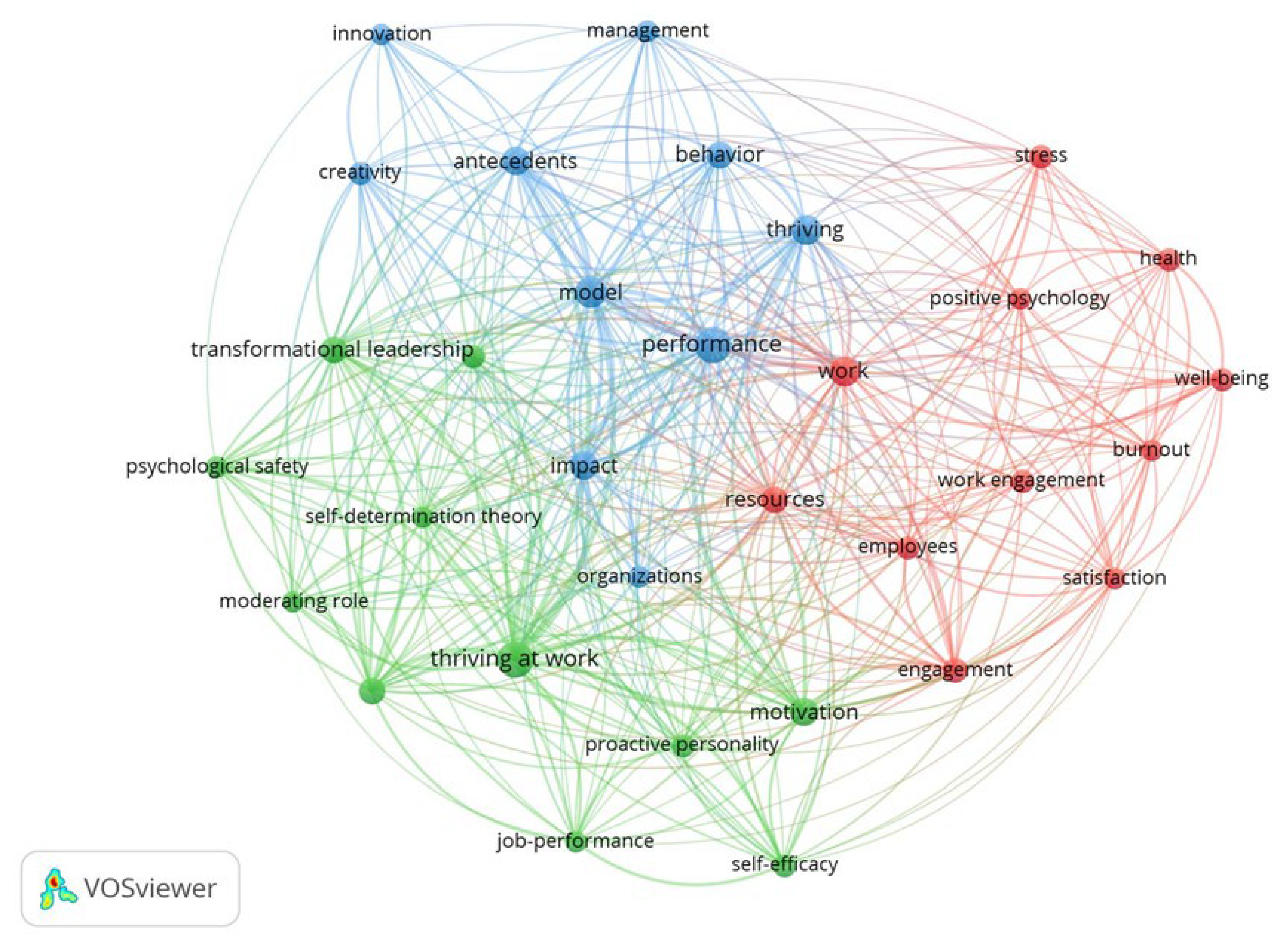
| Antecedents of Thriving at Work | Consequences of Thriving at Work | ||
|---|---|---|---|
| Antecedents | Sources | Consequences | Sources |
| Perceived organizational support | [8] | Career adaptability | [9] |
| Heedful relating | [8] | Happiness at work | [10] |
| Psychological contract breach | [10] | OCB | [11] |
| Workplace spirituality | [12] | Work engagement | [13] |
| Knowledge hiding | [14] | Life satisfaction | [15] |
| Proactive personality | [9] | Innovative work behavior | [8] |
| Workplace violence | [16] | Helping behavior | [17] |
| Servant leadership | [18] | Proactivity | [19] |
| Core self-evaluations | [18] | Task performance | [17] |
| Workplace incivility | [20] | Task mastery | [19] |
| Work-family enrichment | [21] | Career commitment | [22] |
| Hindrance stressors | [23] | Affective commitment | [24] |
| Communication and centrality; role ambiguity; role overload | [25] | Career satisfaction | [22] |
| Negative appraisal | [11] | Development | [26] |
| Unit contextual features and Resources | [3] | Career engagement | [22] |
| Transformational leadership | [19] | Career development initiatives | [27] |
| LMX | [28] | Task performance | [27] |
| Authentic leadership | [29] | Voice behavior | [30] |
| Team justice | [31] | Job satisfaction | [32] |
| Managerial coaching; fairness perception; trust | [24] | Burnout | [33] |
| Overall job autonomy; task identity | [32] | Positive health | [18] |
| Supervisor and coworker support | [15] | Turnover intention | [34] |
| Psychological safety | [17] | ||
| Civility; compassion | [35] | ||
| Empowering leadership | [36] | ||
| Psychological climate, support climate | [26] | ||
| High performance work systems | [14] | ||
| Positive affect, negative affect | [27] | ||
| Psychological contract fulfillment | [34] | ||
| Trust in colleagues, supervisor, and management | [37] | ||
| Authors | Year | Title | Journal | Citation | Link Strength |
|---|---|---|---|---|---|
| Van den Broeck et al. [39] | 2008 | “Explaining the Relationships between Job Characteristics, Burnout, and Engagement: The Role of Basic Psychological Need Satisfaction” | Work & Stress | 525 | 2 |
| Porath et al. [27] | 2012 | “Thriving at Work: Toward its Measurement, Construct Validation, and Theoretical Refinement” | Journal of Organizational Behavior | 238 | 51 |
| Fournier and Lee [40] | 2009 | “Getting Brand Communities Right” | Harvard business review | 221 | 0 |
| Paterson et al. [26] | 2014 | “Thriving at Work: Impact of Psychological Capital and Supervisor Support” | Journal of Organizational Behavior | 144 | 32 |
| Prilleltensky [41] | 2012 | “Wellness as Fairness” | American Journal of Community Psychology | 134 | 1 |
| Wallace et al. [42] | 2016 | “A Multilevel Model of Employee Innovation: Understanding the Effects of Regulatory Focus, Thriving, and Employee Involvement Climate” | Journal of Management | 123 | 25 |
| Spreitzer et al. [5] | 2012 | “Toward Human Sustainability: How to Enable More Thriving at Work” | Organizational Dynamics | 122 | 30 |
| Niessen et al. [6] | 2012 | “Thriving at Work—A Diary Study” | Journal of Organizational Behavior | 103 | 26 |
| Hauge et al. [43] | 2009 | “Individual and Situational Predictors of Workplace Bullying: Why Do Perpetrators Engage in the Bullying of Others?” | Work & Stress | 98 | 0 |
| Prem et al. [44] | 2017 | “Thriving on Challenge Stressors? Exploring Time Pressure and Learning Demands as Antecedents of Thriving at Work” | Journal of Organizational Behavior | 92 | 16 |
| Source | Number of Documents | Number of Citations | Total Link Strength |
|---|---|---|---|
| Journal of Organizational Behavior | 7 | 674 | 261 |
| Work & Stress | 3 | 641 | 2 |
| Harvard Business Review | 9 | 328 | 0 |
| Journal of Management | 4 | 166 | 55 |
| American Journal of Community Psychology | 2 | 137 | 2 |
| Organizational Dynamics | 1 | 122 | 50 |
| Journal of Vocational Behavior | 4 | 96 | 49 |
| Journal of Career Development | 2 | 88 | 3 |
| Journal of Nursing Management | 2 | 72 | 11 |
| Sport Exercise and Performance Psychology | 1 | 53 | 2 |
| Author | Number of Documents | Number of Citations | Total Link Strength |
|---|---|---|---|
| De Witte, Hans | 1 | 525 | 6 |
| Lens, Willy | 1 | 525 | 6 |
| Van den Broeck, Anja | 1 | 525 | 6 |
| Vansteenkiste, Maarten | 1 | 525 | 6 |
| Spreitzer, Gretchen | 4 | 403 | 547 |
| Garnett, Flannery G. | 1 | 238 | 317 |
| Gibson, Cristina | 1 | 238 | 317 |
| Porath, Christine | 1 | 238 | 317 |
| Fournier, Susan | 1 | 221 | 0 |
| Lee, Lara | 1 | 221 | 0 |
| Author | Number of Documents | Number of Citations | Total Link Strength |
|---|---|---|---|
| Abid, Ghulam | 8 | 80 | 19 |
| Farooqi, Saira | 4 | 43 | 13 |
| Hoefer, Stefan | 3 | 15 | 11 |
| Hoege, Thomas | 3 | 15 | 11 |
| Huber, Alexandra | 3 | 15 | 11 |
| Strecker, Cornelia | 3 | 15 | 11 |
| Arya, Bindu | 3 | 30 | 9 |
| Sreitzer, Gretchen | 4 | 403 | 9 |
| Elahi, Natasha Saman | 2 | 25 | 7 |
| Walumbwa, Fred O. | 3 | 65 | 7 |
| Misati, Everlyne | 2 | 63 | 6 |
| Porath, Christine l. | 2 | 163 | 6 |
| Ahmed, Samiah | 2 | 21 | 5 |
| Brenner, Mirja | 1 | 14 | 5 |
| Hausler, Melanie | 1 | 14 | 5 |
| Journal | Citations | Link Strength |
|---|---|---|
| Academy of Management Journal | 419 | 16,742 |
| Academy of Management Review | 243 | 9082 |
| Administrative Science Quarterly | 120 | 4754 |
| American Psychologist | 151 | 4650 |
| Annual Review of Psychology | 98 | 3719 |
| European Journal of Work and Organizational Psychology | 53 | 1849 |
| Frontiers in Psychology | 67 | 2121 |
| Harvard Business Review | 50 | 1931 |
| Human Relations | 89 | 3253 |
| Human Resource Management | 62 | 2446 |
| Authors | Citations | Total Link Strength |
|---|---|---|
| Spreitzer, G. | 205 | 1822 |
| Porath, C. | 106 | 983 |
| Podsakoff, P. | 90 | 800 |
| Carmeli, A | 83 | 887 |
| Ryan, R. | 72 | 699 |
| Hobfoll, S. | 64 | 558 |
| Niessen, C. | 62 | 700 |
| Paterson, T. | 60 | 636 |
| Spreitzer, G. | 59 | 686 |
| Abid, G. | 55 | 595 |
| Fredrickson B. | 55 | 470 |
| Bandura, A. | 52 | 505 |
| Deci, E. | 52 | 521 |
| Preacher, K. | 52 | 515 |
| Bakker, A. | 51 | 485 |
| Authors | Article | Citations | Link Strength |
|---|---|---|---|
| Wallace et al. [42] | “A Multilevel Model of Employee Innovation: Understanding the Effects of Regulatory Focus, Thriving, and Employee Involvement Climate” | 123 | 126 |
| Niessen et al. [6] | “Thriving at Work—A Diary Study” | 103 | 125 |
| Paterson et al. [26] | “Thriving at Work: Impact of Psychological Capital and Supervisor Support” | 144 | 119 |
| Niessen et al. [19] | “Thriving when Exhausted: The Role of Perceived Transformational Leadership” | 30 | 115 |
| Prem et al. [44] | “Thriving on Challenge Stressors? Exploring Time Pressure and Learning Demands as Antecedents of Thriving at Work” | 92 | 107 |
| Jiang et al. [14] | “Knowledge Hiding as a Barrier to Thriving: The Mediating Role of Psychological Safety and Moderating Role of Organizational Cynicism” | 39 | 104 |
| Walumbwa et al. [18] | “Inspired to Perform: A Multilevel Investigation of Antecedents and Consequences of Thriving at Work” | 56 | 102 |
| Gerbasi et al. [45] | “Destructive De-Energizing Relationships: How Thriving Buffers their Effect on Performance” | 41 | 98 |
| Porath et al. [27] | “Thriving at Work: Toward Its Measurement, Construct Validation, and Theoretical Refinement” | 238 | 96 |
| Yang et al. [46] | “Why and When Paradoxical Leader Behavior Impact Employee Creativity: Thriving at Work and Psychological Safety” | 25 | 94 |
| Journal | Documents | Citations | Link Strength |
|---|---|---|---|
| Frontiers in Psychology | 13 | 43 | 3196 |
| Journal of Organizational Behavior | 7 | 674 | 2386 |
| Current Psychology | 5 | 28 | 1363 |
| Journal of Vocational Behavior | 4 | 96 | 1269 |
| Personnel Review | 3 | 2 | 1188 |
| Journal of Management | 4 | 166 | 1150 |
| International Journal of Contemporary Hospitality Management | 3 | 19 | 1012 |
| Journal of Managerial Psychology | 3 | 21 | 814 |
| Human Resource Management | 2 | 30 | 810 |
| European Journal of Training and Development | 2 | 0 | 709 |
| Authors | Documents | Citations | Total Link Strength |
|---|---|---|---|
| Spreitzer, Gretchen | 4 | 403 | 1230 |
| Porath, Christine L. | 2 | 163 | 611 |
| Niessen, Cornelia | 2 | 133 | 922 |
| Gibson, Cristina B. | 2 | 124 | 307 |
| Jiang, Zhou | 5 | 106 | 2058 |
| Abid, Ghulam | 8 | 80 | 5197 |
| Walumbwa, Fred O. | 3 | 65 | 1810 |
| Misati, Everlyne | 2 | 63 | 1186 |
| Muchiri, Michael K | 2 | 59 | 1292 |
| Jiang, Xuan | 2 | 45 | 1191 |
| Keyword | Number of Occurrences | Total Link Strength |
|---|---|---|
| Thriving at work | 48 | 183 |
| Performance | 46 | 155 |
| Model | 31 | 119 |
| Work | 29 | 110 |
| Thriving | 29 | 101 |
| Motivation | 23 | 91 |
| Antecedents | 22 | 95 |
| Impact | 21 | 91 |
| Mediating role | 20 | 94 |
| Transformational leadership | 19 | 78 |
| Keyword | Occurrences | Total Link Strength | Content Analysis | |
|---|---|---|---|---|
| Cluster 1 (11 documents) | Work | 29 | 110 | Employees’ personal experience at work related to their psychological state |
| Resources | 18 | 70 | ||
| Engagement | 16 | 66 | ||
| Well-being | 13 | 42 | ||
| Employees | 12 | 47 | ||
| Health | 12 | 35 | ||
| Stress | 12 | 33 | ||
| Work engagement | 12 | 33 | ||
| Burnout | 11 | 43 | ||
| Satisfaction | 11 | 44 | ||
| Positive psychology | 10 | 36 | ||
| Cluster 2 (11 documents) | Thriving | 29 | 101 | Mediating and moderating models of thriving at work, framed mainly in the self-determination theory |
| Motivation | 23 | 91 | ||
| Mediating role | 20 | 94 | ||
| Transformational leadership | 19 | 78 | ||
| Leadership | 14 | 41 | ||
| Proactive personality | 14 | 57 | ||
| Self-efficacy | 12 | 54 | ||
| Job-performance | 11 | 46 | ||
| Psychological safety | 11 | 54 | ||
| Moderating role | 10 | 43 | ||
| Self-determination theory | 10 | 53 | ||
| Cluster 3 (10 documents) | Thriving at work | 48 | 183 | Organizational outcomes, mainly in terms of performance, creativity, and innovation related to thriving at work |
| Performance | 46 | 155 | ||
| Model | 31 | 119 | ||
| Antecedents | 22 | 95 | ||
| Impact | 21 | 91 | ||
| Behavior | 19 | 73 | ||
| Creativity | 12 | 49 | ||
| Management | 11 | 40 | ||
| Organizations | 11 | 43 | ||
| Innovation | 10 | 25 |
| Authors | Topic | Methodological Parameters | Citations | Link Strength |
|---|---|---|---|---|
| Paterson et al. [26] | The study tests the relationship between thriving at work and self-development and agentic work behaviors. Psychological capital and supervisor support climate as antecedent variables are proposed and tested. | Type of research: Quantitative Type of article: Empirical study | 60 | 496 |
| Carmeli and Spreitzer [47] | Trust, connectivity, and thriving as drive employees’ innovative behaviors in the work context are analyzed. | Type of research: Quantitative Type of article: Empirical study | 50 | 444 |
| Spreitzer et al. [5] | Thriving at work is defined, and what can be done to enhance thriving at work is discussed to contribute to the sustainability. | Type of research: Quantitative Type of article: Theoretical/conceptual study | 50 | 433 |
| Niessen et al. [6] | Employees thriving at work in response to resources such as positive meaning, relational resources, and knowledge is studied. | Type of research: Quantitative Type of article: Empirical study | 47 | 427 |
| Wallace et al. [42] | It is examined the effects of thriving on employee involvement climate, and employee regulatory focus to innovation through a multilevel model. | Type of research: Quantitative Type of article: Empirical study | 34 | 328 |
| Walumbwa et al. [18] | The contextual and individual factors that facilitate thriving at work are examined through a multilevel model. The relationship with health and performance is analyzed. | Type of research: Quantitative Type of article: Empirical study | 32 | 318 |
| Prem et al. [44] | The effect of time pressure and learning demands, as stressors on thriving at work, is examined. | Type of research: Quantitative Type of article: Empirical study | 28 | 260 |
| Spreitzer and Porath [48] | Thriving at work is discussed, and it is proposed an integrative model of human growth in the work context. | Type of research: Quantitative Type of article: Theoretical/conceptual study | 23 | 225 |
| Jiang [9] | The relationship between proactive personality and career adaptability is analyzed through a moderated and mediation approach. | Type of research: Quantitative Type of article: Empirical study | 21 | 211 |
| Hu and Bentler [49] | Conventional cut-off criteria and the new statistical alternatives for fit indexes used to evaluate models are discussed. | Type of research: Quantitative Type of Article: Theoretical/conceptual study | 22 | 189 |
| Cluster 1 (10 documents) Label: Identification of variables related to thriving at work | ||||
| Spreitzer et al. [3] | A model of thriving at work as a theoretical construct, compared with similar notions is developed. This study makes a theoretical contribution. | Type of research: Qualitative Type of article: Theoretical/conceptual study | 100 | 707 |
| Porath et al. [27] | A validated measurement of the construct of thriving at work is developed. | Type of research: Quantitative Type of article: Empirical study | 96 | 704 |
| Nix et al. [50] | The effects of experimentally induced motivational orientations on the positive affect of vitality and happiness are examined. | Type of research: Quantitative Type of article: Empirical study | 27 | 230 |
| Kleine [51] | Thriving is analyzed in relation to psychological capital, proactive personality, positive affect, work engagement, support perceived, performance, health, burnout, commitment, and job satisfaction. | Type of research: Quantitative Type of article: Empirical study (Metha-analysis) | 23 | 207 |
| Carver [52] | The distinction between resilience and thriving is addressed. | Type of research: Quantitative Type of article: Theoretical/conceptual study | 23 | 193 |
| Aiken [53] | The structure, test, and interpretation of multiple regression models are discussed. | Type of research: Quantitative Type of article: Theoretical/conceptual study | 20 | 153 |
| Hobfoll [54] | An alternative model of stress supported in the model of conservation of resources is presented. | Type of research: Quantitative Type of article: Theoretical/conceptual study | 20 | 124 |
| Cluster 2 (7 documents) Label: Concept delimitation and accuracy of its measurement | ||||
| Deci and Ryan [55] | Growth, integrity, and human well-being are analyzed, framed in self-determination theory (SDT). | Type of research: Quantitative Type of article: Theoretical/conceptual study | 23 | 174 |
| Fredrickson [56] | A new theoretical perspective on positive emotions in the perspective of positive psychology is described. | Type of research: Quantitative Type of article: Theoretical/conceptual study | 28 | 179 |
| Ryan and Deci [57] | Self-motivation, healthy psychological development, and psychological needs are studied under self-determination theory (SDT). | Type of research: Quantitative Type of article: Theoretical/conceptual study | 23 | 171 |
| Cluster 3 (3 documents) Label: Concept delimitation and accuracy of its measurement | ||||
Publisher’s Note: MDPI stays neutral with regard to jurisdictional claims in published maps and institutional affiliations. |
© 2022 by the authors. Licensee MDPI, Basel, Switzerland. This article is an open access article distributed under the terms and conditions of the Creative Commons Attribution (CC BY) license (https://creativecommons.org/licenses/by/4.0/).
Share and Cite
Abid, G.; Contreras, F. Mapping Thriving at Work as a Growing Concept: Review and Directions for Future Studies. Information 2022, 13, 383. https://doi.org/10.3390/info13080383
Abid G, Contreras F. Mapping Thriving at Work as a Growing Concept: Review and Directions for Future Studies. Information. 2022; 13(8):383. https://doi.org/10.3390/info13080383
Chicago/Turabian StyleAbid, Ghulam, and Francoise Contreras. 2022. "Mapping Thriving at Work as a Growing Concept: Review and Directions for Future Studies" Information 13, no. 8: 383. https://doi.org/10.3390/info13080383
APA StyleAbid, G., & Contreras, F. (2022). Mapping Thriving at Work as a Growing Concept: Review and Directions for Future Studies. Information, 13(8), 383. https://doi.org/10.3390/info13080383







